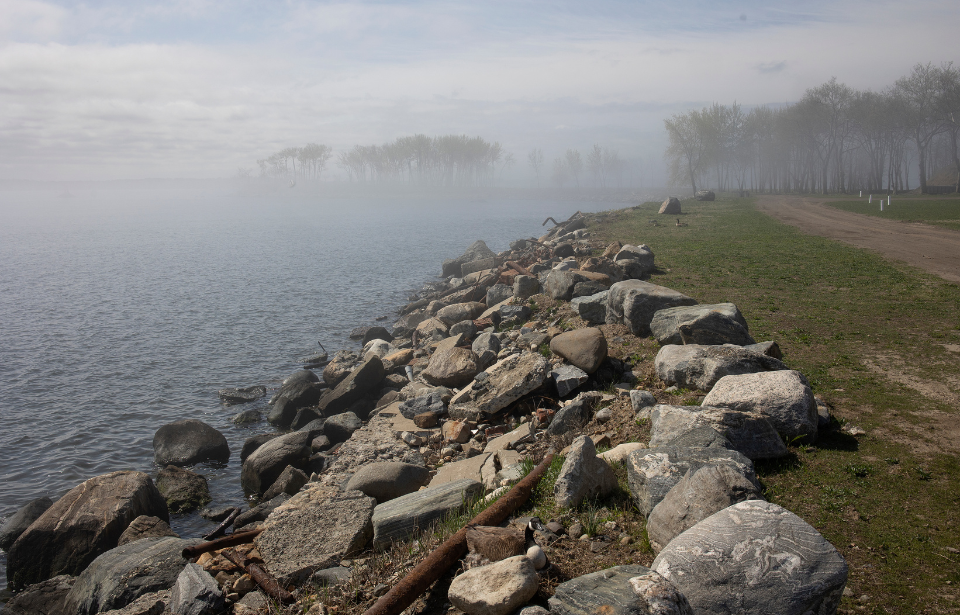In the waters surrounding New York City lie several abandoned islands, each with its own unique history and mysteries. These islands, once bustling with activity, have been left behind, their buildings now crumbling and overgrown with vegetation. From former quarantine stations to forgotten military installations, these abandoned islands offer a glimpse into the city’s past and raise questions about their future.
Ellis Island
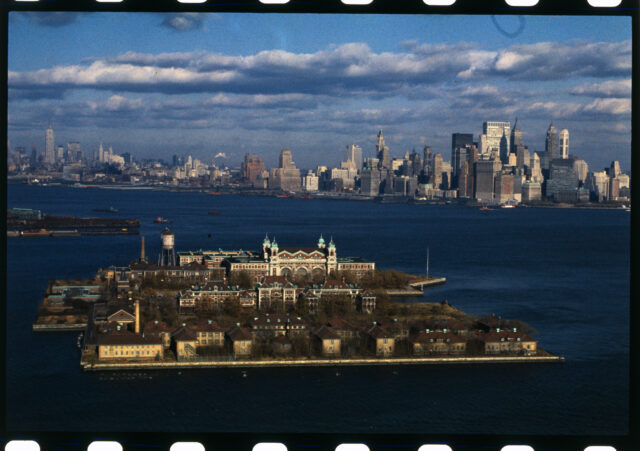
Ellis Island, located in New York Harbor, served as the busiest immigrant inspection station in the United States from 1892 to 1954, welcoming over 12 million immigrants. The island’s operations declined as immigration laws became more restrictive, and air travel replaced sea travel as the primary means of arrival.
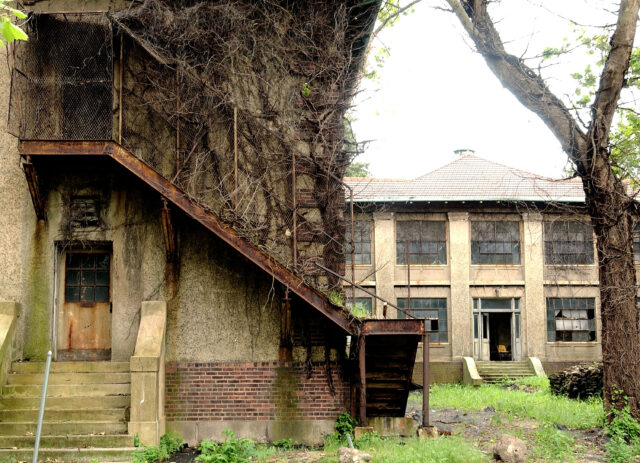
In 1954, the facility was officially closed and abandoned, leaving its buildings to deteriorate. Efforts to preserve and restore Ellis Island began in the 1980s, transforming it into a museum and national monument.
Coney Island
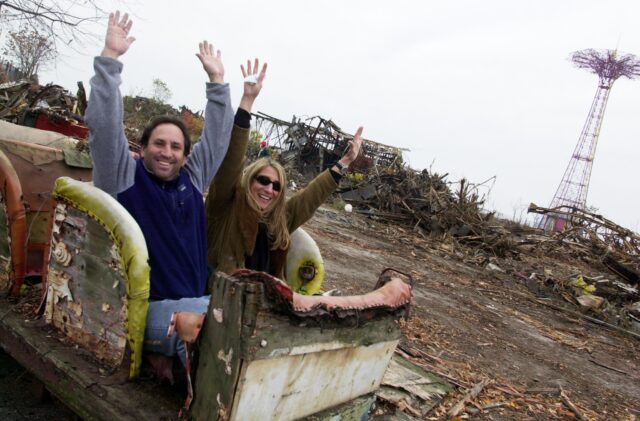
Coney Island, originally an island off the southern coast of Brooklyn, New York, became a popular resort destination in the 19th and early 20th centuries. It was known for its amusement parks, beaches, and entertainment venues, including the iconic Thunderbolt roller coaster, which was abandoned in the 1980s.
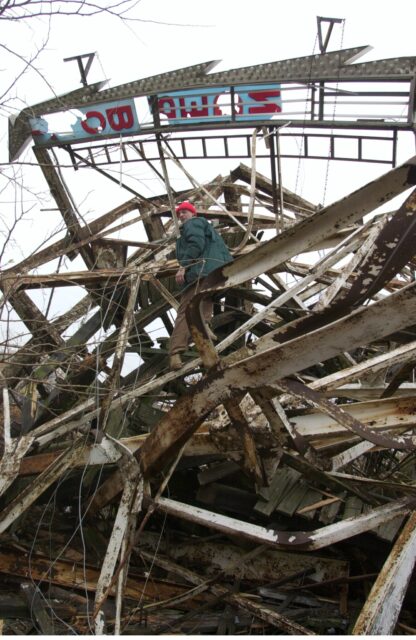
In the early 20th century, extensive land reclamation projects connected Coney Island to the mainland, transforming it into a peninsula. This development facilitated easier access and further urban expansion, changing the area’s character.
Pollepel Island
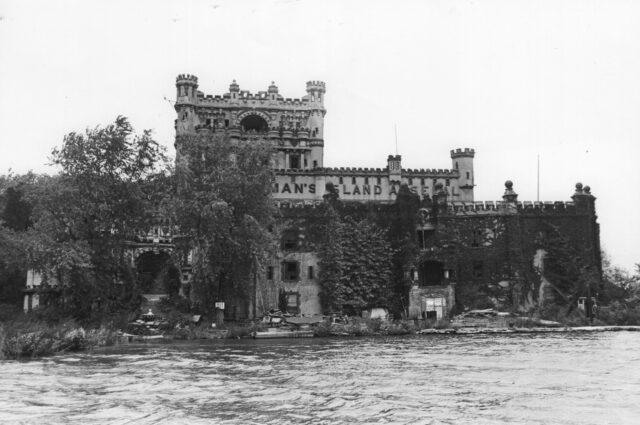
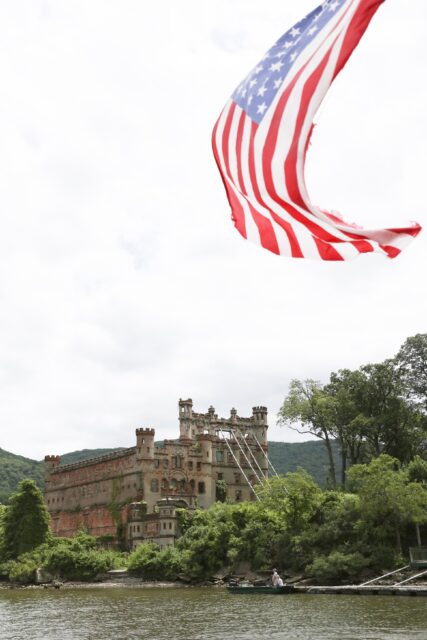
Left unmaintained, the island became overgrown, and the buildings deteriorated further due to weather and neglect. Efforts to preserve the remaining ruins began in the late 20th century, making it a site of historical interest with occasional tours showcasing its storied past.
Execution Rock
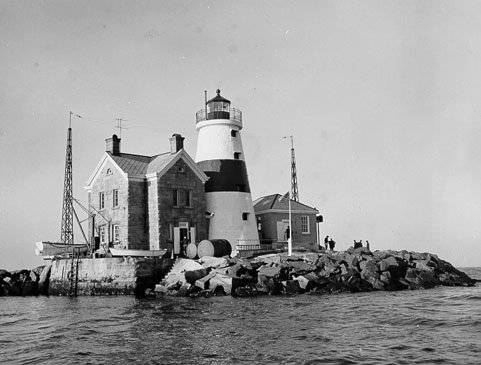
Execution Rocks Lighthouse, situated on a rocky reef in Long Island Sound near New Rochelle, New York, was built in 1849 to guide ships safely through the treacherous waters. The lighthouse gained a notorious reputation due to legends of Revolutionary War executions, adding to its eerie mystique.
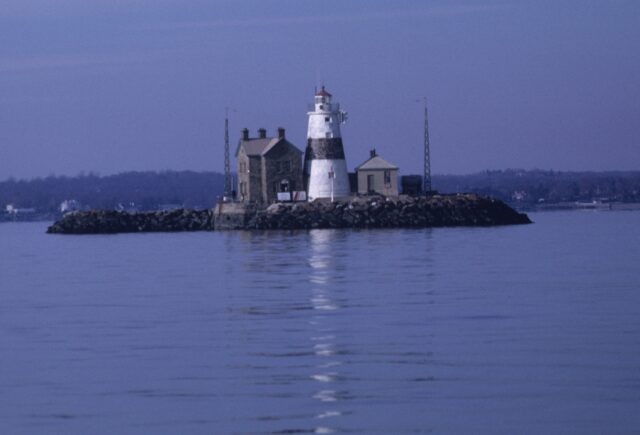
It was automated in 1979, and the keeper’s house was abandoned, left to the elements and vandals. Preservation efforts began in the early 21st century, aiming to restore the lighthouse and its surroundings, and it now offers occasional tours to visitors intrigued by its haunted history.
Swinburne Island
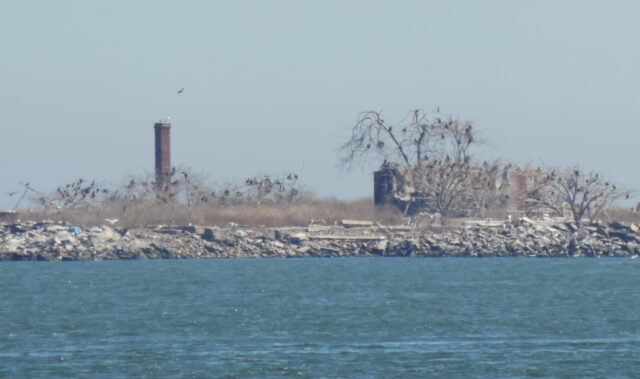
Swinburne Island, located in Lower New York Bay, was originally established as a quarantine station in the late 19th century to isolate immigrants with contagious diseases. The island’s facilities included hospitals and housing for patients. After World War II, advancements in medicine rendered the quarantine station obsolete, and it was abandoned.
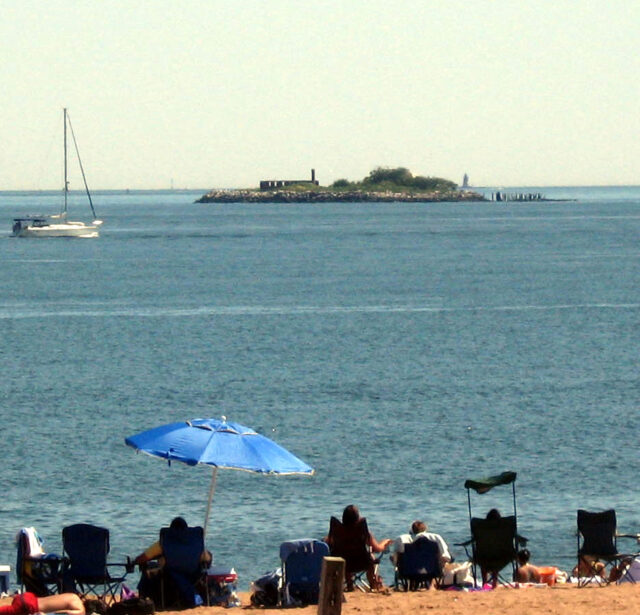
Over time, the island became a sanctuary for wildlife, particularly birds, as nature reclaimed the once-utilitarian structures. Today, Swinburne Island is part of the Staten Island unit of Gateway National Recreation Area and is closed to the public to protect its fragile ecosystems.
Hart Island
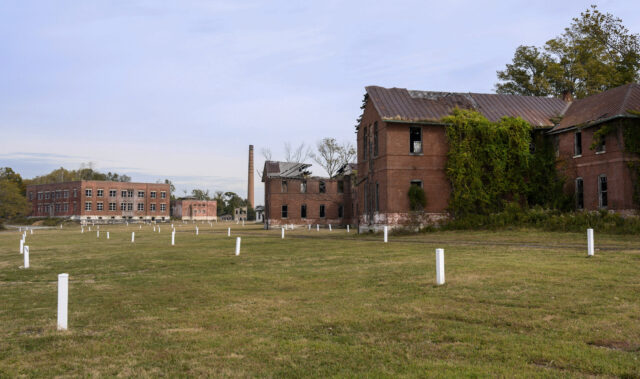
Hart Island, situated in the Long Island Sound off the coast of the Bronx in New York City, has a somber history as the location of Potter’s Field, a burial site for the city’s unclaimed and indigent deceased since the 19th century. The island also served as a prison camp, a reformatory, and a missile base during its history.
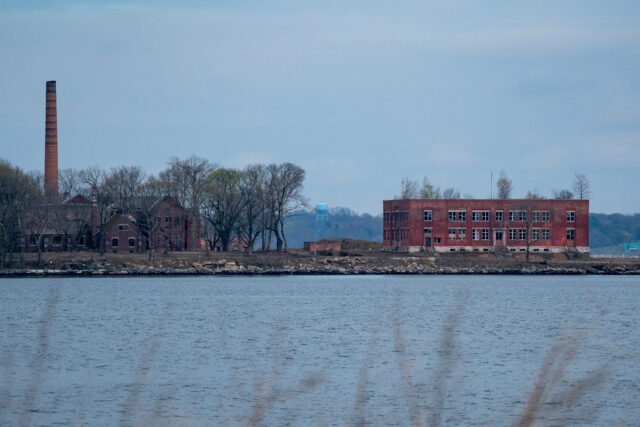
More from us: Islands Around the Globe Devoid of Human Life
As the need for a potter’s field diminished, the island’s role shifted, and it became predominantly known as a burial site. Today, access to Hart Island is restricted, and efforts are ongoing to provide more respectful treatment of the deceased interred there and explore potential alternative uses for the island’s land.
